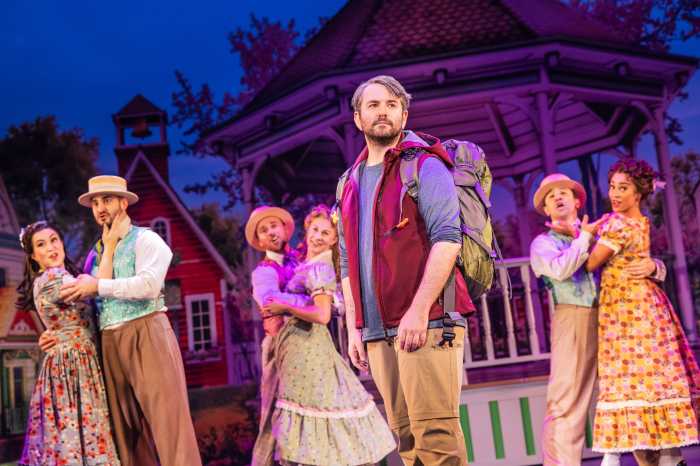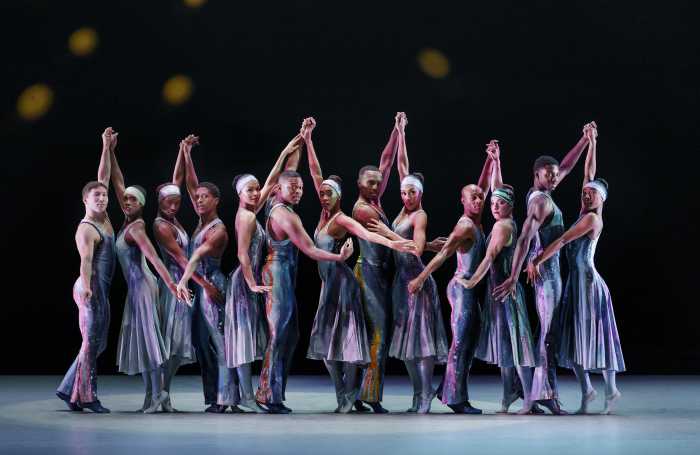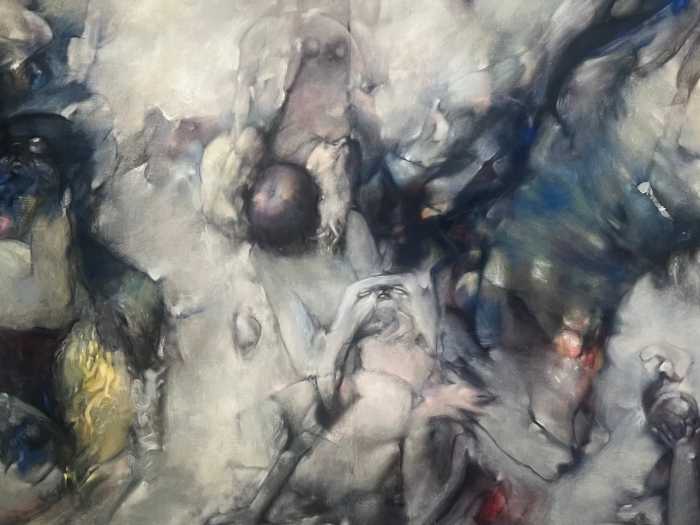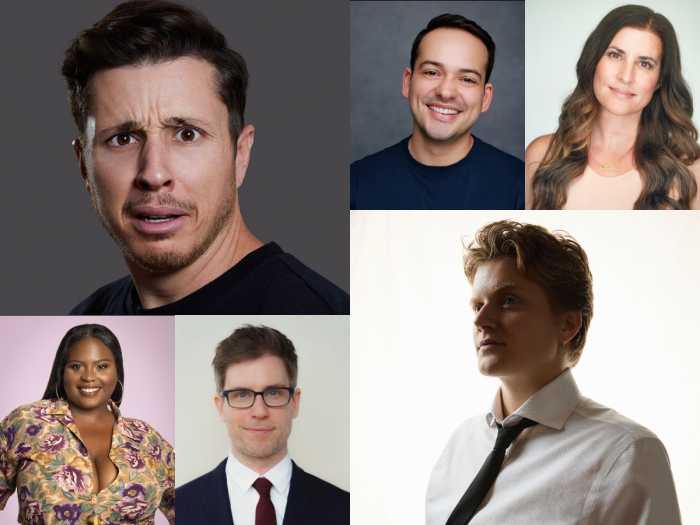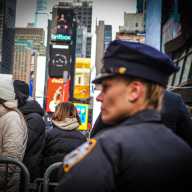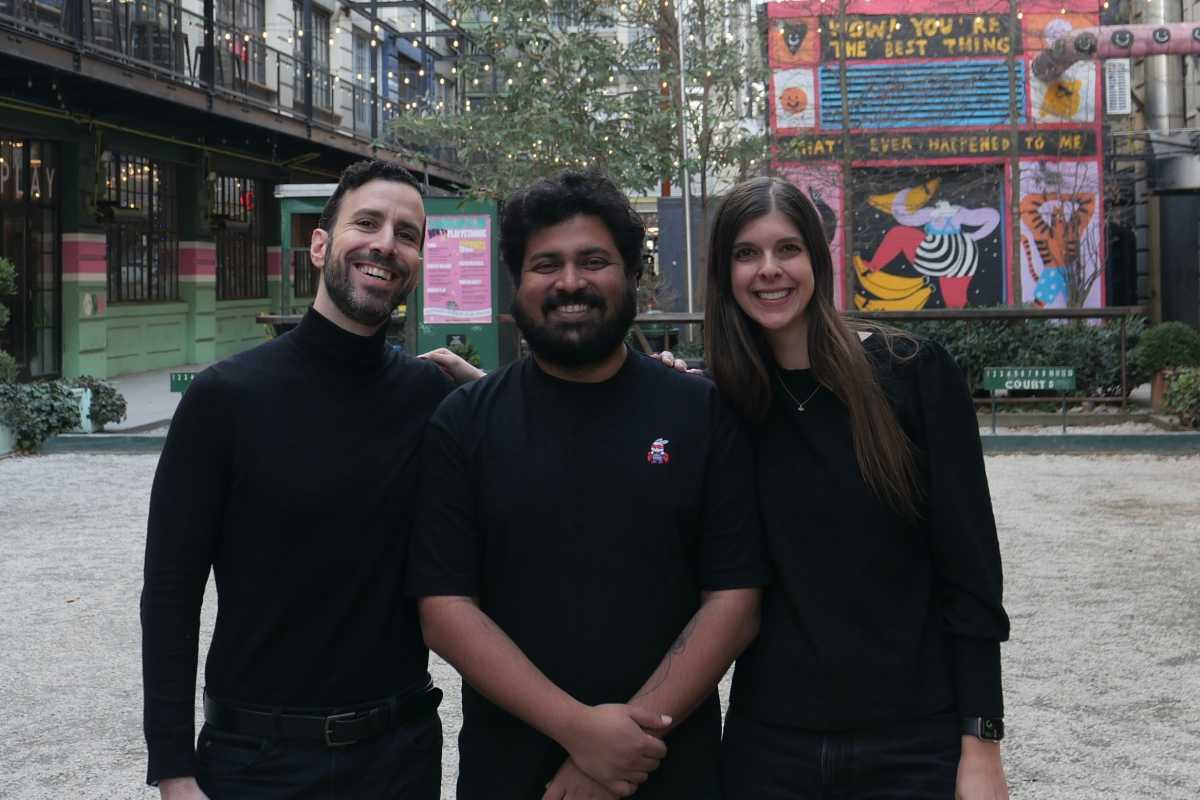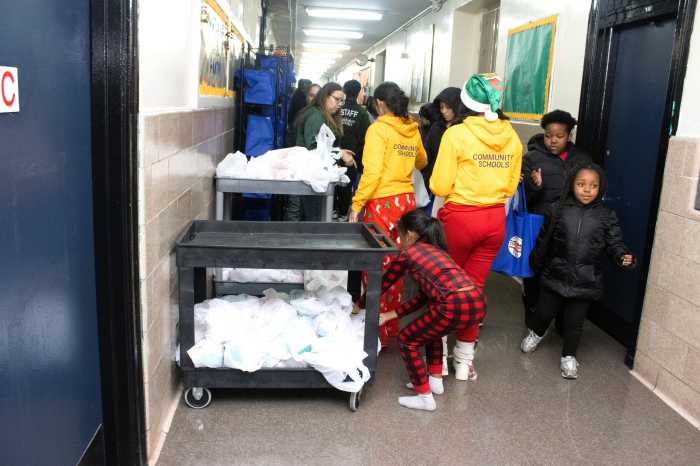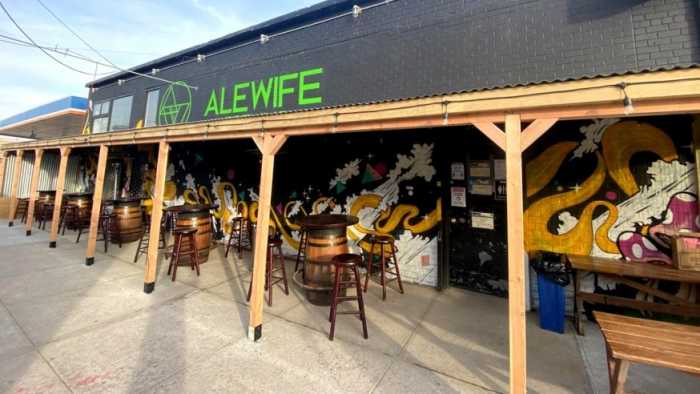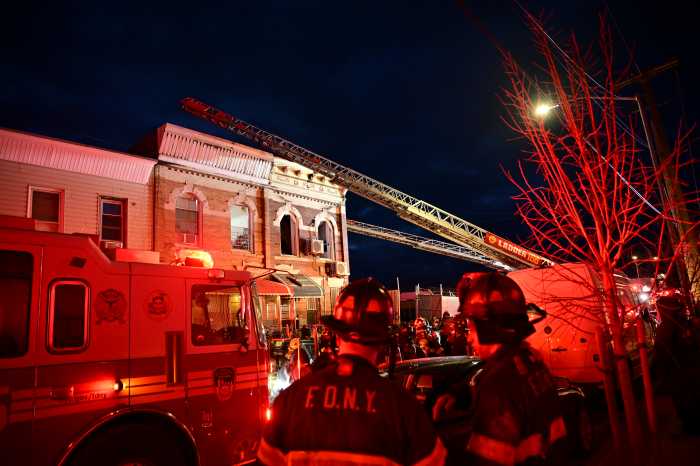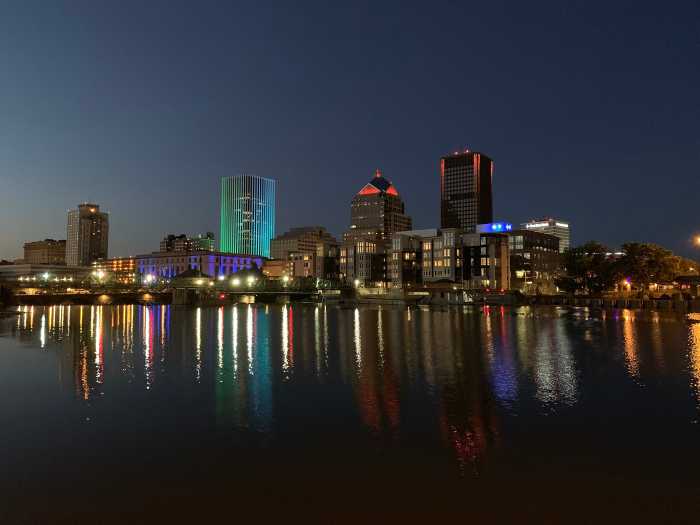Richard Linklater has spent his career investigating the role of time in cinema, be it in movies such as “Dazed and Confused” set over the course of one day or the “Before” trilogy, which investigates a couple’s relationship across movies each shot nine years apart.
It follows, then, that if any filmmaker were to pursue a project as ambitious and complicated as the narrative drama “Boyhood,” which was filmed over the course of 12 years and follows a kid named Mason (Ellar Coltrane, from ages 6 to 18) from first to 12th grade, it’d be Linklater.
The movie was shot incrementally from 2002 to 2013, written by Linklater with a healthy dose of collaboration from cast members including Coltrane, Ethan Hawke and Patricia Arquette (who play Mason’s parents) and Linklater’s own daughter, Lorelei, who plays Mason’s sister.
“It was this all-encompassing life project,” the filmmaker says. “You’re collaborating with an unknown future. You’re collaborating with this cast that’s incrementally growing each year, more dramatic in the younger kids. We’re collaborating with our own parents and ourselves as kids and ourselves as parents. The kids, I’m working with where they are. It’s this wonderful, flowing process.”
The 160-minute finished film, which opens at the IFC Center and Lincoln Plaza Friday, follows Mason and his family in the sort of moments both small (a trip to a baseball game with dad) and large (multiple moves; coping with an alcoholic stepparent) that shape a life and collectively form an identity.
As much as the picture is specific to Mason’s childhood, it also offers a compendium of cultural signposts from the past decade-plus, ranging from images from the Iraq War on television to Roger Clemens pitching for the Houston Astros, iMacs, “Harry Potter” book release parties, songs by Soulja Boy and Gnarls Barkley and more.
“The tone of the movie I wanted to feel like a memory,” Linklater says. “What would you remember from these years? It’s like, ‘Oh, OK, that song and this band and that game we played.’ It was interesting to be shooting a period piece film but in the present tense. Film is a powerful recorder of certain realities.”
You’d think the prospect of a 12-year shoot might have been intimidating when Linklater first conceived of it in 2002, but the filmmaker maintains that the “canvas presented itself” and the project was simply a natural extension of his fascination with tweaking narrative conventions to evoke the passage of time in small-scale movies and in this enormous one.
“They’re flip sides of each other in a certain way. Yet, it’s just a way to tell a story,” Linklater says. “Time is the structuring device for the story a little more than traditional plot, which is often contrived, whereas time is very real. It’s the way humans perceive time and the way we structure our own lives and our own memory and patterns we think and find. So there’s something very real to me about time as structure. And it works as storytelling. People get it.”



